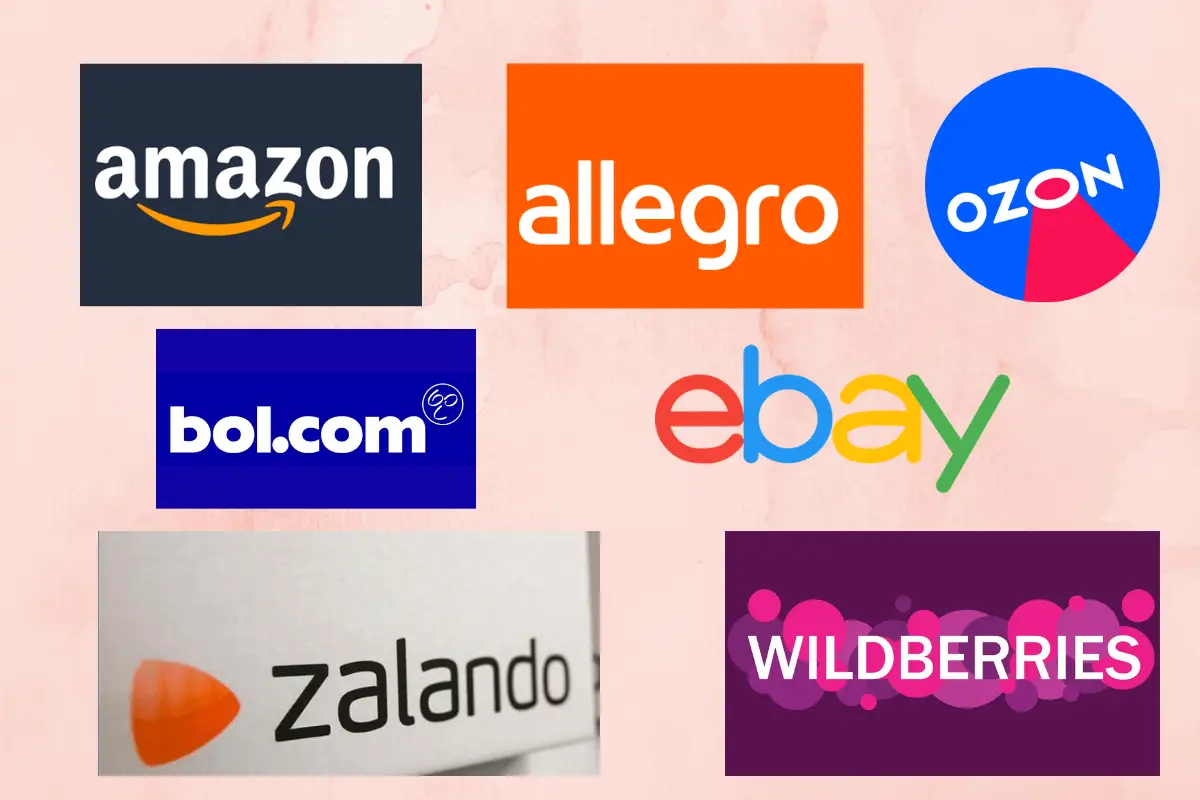700 billion rubles – that’s the revenue Wildberries showed for 2024. The logic is simple: where there is money, a flow of sellers strives. How to start selling on marketplaces in 2025 is not a philosophical question, but an engineering task. The entry point is simple, but you can’t bypass the pitfalls. That’s why we’ll break it down step by step – firmly, clearly, to the point.
How to start selling on marketplaces: analytics before the start
Before starting, it’s important not to just “sell,” but to understand who, what, and why. Market research at this stage is the foundation of the strategy. Without analyzing demand and competition, you can’t calculate the margin, forecast revenue, and choose a platform for placement.

The numbers speak for themselves: on Ozon, not a single product without analytical preparation entered the top 100 categories by the end of 2024. Specific tools – MPStats, Moneyplace, Mparser. These services provide data on demand dynamics, price range, and the share of sellers with Fulfillment by Marketplace.
Choosing a niche: logic, not inspiration
How to start selling on marketplaces? To begin with, you need to decide what the product will be. Choosing a niche for sales happens not on Instagram, but in Excel. Margins – no less than 30%. Demand volume – not less than 10 thousand queries per month. Competition – no more than 10 major players on 1-3 pages. This is what the real launch math looks like.
Marketplaces are not about “I love knitting mittens.” Starting a business from scratch there requires calculations: costs for logistics, packaging, promotion, commission. The average commission is 5-17% depending on the category.
Product and delivery: starting from the base
Entering the market through online platforms is impossible without a well-established logistics system. Working through FBO – when the goods are pre-shipped to the platform’s warehouses – reduces delivery time and increases the chance of getting into the BuyBox.
The average storage period in the warehouse is 60 days. Beyond that – penalties. Logistics are built through automated services: SberMegaMarket and Yandex.Market already in 2025 introduced integrations with TMS and ERP systems.
Key: how to start selling on marketplaces – to streamline not only delivery but also stock levels. Without accurate inventory – minus rating.
Packaging and certification
The EAC certificate is mandatory for clothing, footwear, cosmetics, and children’s products. In practice – up to 14 days for processing and 15-25 thousand rubles for products of medium complexity.
Packaging affects not aesthetics, but preservation. Damaged goods = return = penalty. Standards at WB, Ozon, YM differ – it’s important to study the platform’s technical documents in advance.
Choosing a marketplace for the product
The platform determines the strategy. Wildberries dominates in clothing, Ozon in electronics, Yandex.Market in technology and FMCG, SberMegaMarket in everyday goods. AliExpress – in budget categories.
Key: how to start selling on marketplaces – understand where the audience is already buying the necessary product. Transition from one platform to another rarely pays off. It’s better to choose one with high relevant traffic.
Selling packaging
Customers choose with their eyes. The main thing is not design, but data: accurate parameters, guarantees, return conditions. Photos – not less than 1500×1500 px, at least 5 angles. Title – concise, with keywords.
A card with high conversion rate is an e-commerce funnel in miniature. Content affects CTR and CR: with an increase in the number of photos from 3 to 6, conversion increases by 14%, according to Ozon data.
Key: how to start with sales on online platforms – not just upload the product, but make it visually and contextually competitive.
How to start selling on marketplaces: step-by-step guide
Empty theories don’t drive sales, numbers and actions do. The plan should not just hang in your head, but be executed step by step, like a checklist.
How to start trading on online platforms:
- Choose a niche. Evaluate demand, competition, price range. MPStats, Yandex Wordstat, Ozon Analytics.
- Select a product. Not based on passion, but on profitability. Minimum 30%.
- Prepare documents. Individual entrepreneur or LLC, current account, digital signature.
- Get certified. By categories, mandatory for brands.
- Set up logistics. FBO / FBS / DBS – choice based on strategy.
- Register on the platform. Ozon, WB, YM – different interfaces, same goals.
- Create an online store within the platform. Proper cards, SEO descriptions, photos.
- Launch advertising. Internal promotion system + external channels: social media, context.
Eight steps – a roadmap for starting. Each point is a critical juncture without which the e-commerce system simply won’t launch.
Monitoring metrics
The platform rewards active sellers. High rating, quick responses, minimal returns – all affect the position in the results. Advertising budget is not charity, but a tool.
Advertising within the platform pays off with an ROI of 120% or more. Stopping it doesn’t mean saving money, it means dropping in search results.
Tools
Moneyplace, Mpstats, SBIS.Analytics, Ozon Seller. Show dynamics, average price in the category, order volume – all in numbers. This is the only way to adjust the strategy and increase profits.
Key: how to start selling on marketplaces – track metrics and react quickly.
Beginner mistakes and how to avoid them
Violations of shipping deadlines, inflated revenue expectations, lack of product stock – the three main mistakes. Beginners often “forget” about taxes, including the 6% simplified tax system and contributions for individual entrepreneurs (at least 52,000 rubles in 2025).
Selling on marketplaces for beginners is not about luck, but about systematic work. One wrong step – and the card loses positions, and the product sits idle.

Starting to earn from online sales correctly means considering risks, not relying on chance.
How to start selling on marketplaces: the main thing
It’s important to fully engage in the process: choose a niche, test the product, launch sales, work with metrics, scale. Only concrete steps bring results. Conducting trade through the internet is not a one-evening project, but a business with a system, analytics, and constant adjustment.
 en
en  ru
ru  de
de  ar
ar  es
es  hi
hi  fr
fr  nl
nl  it
it  pt
pt  el
el 



